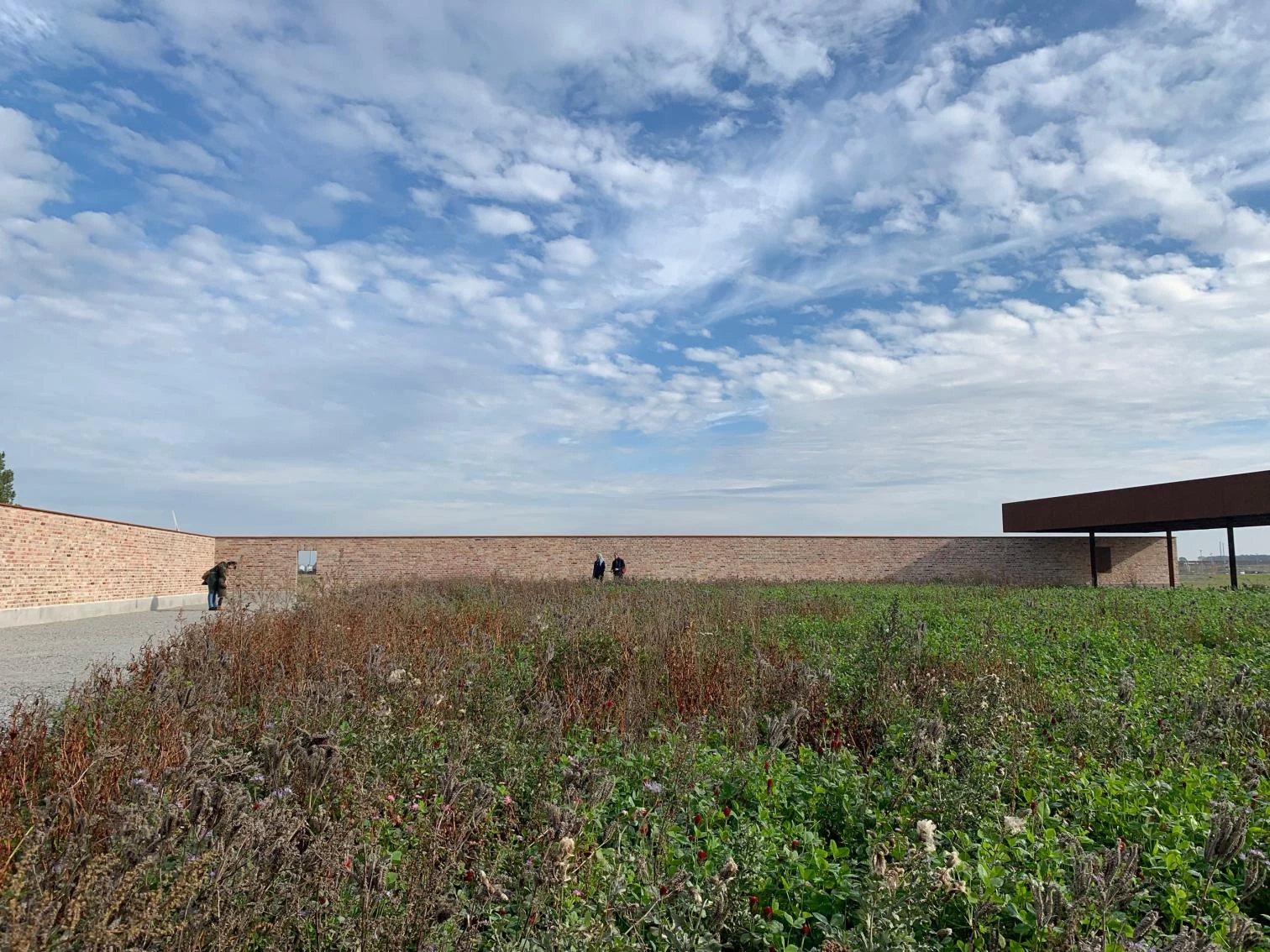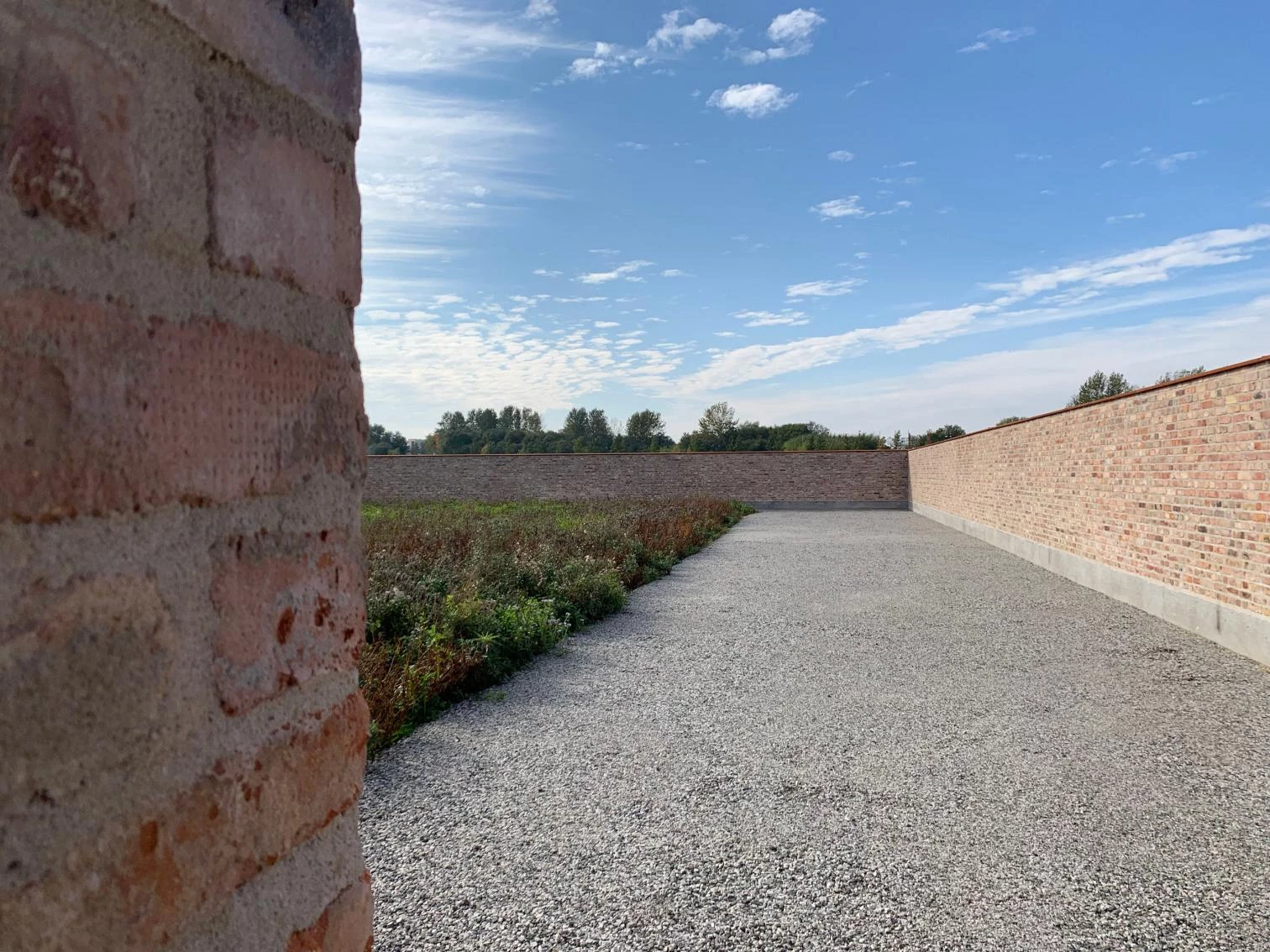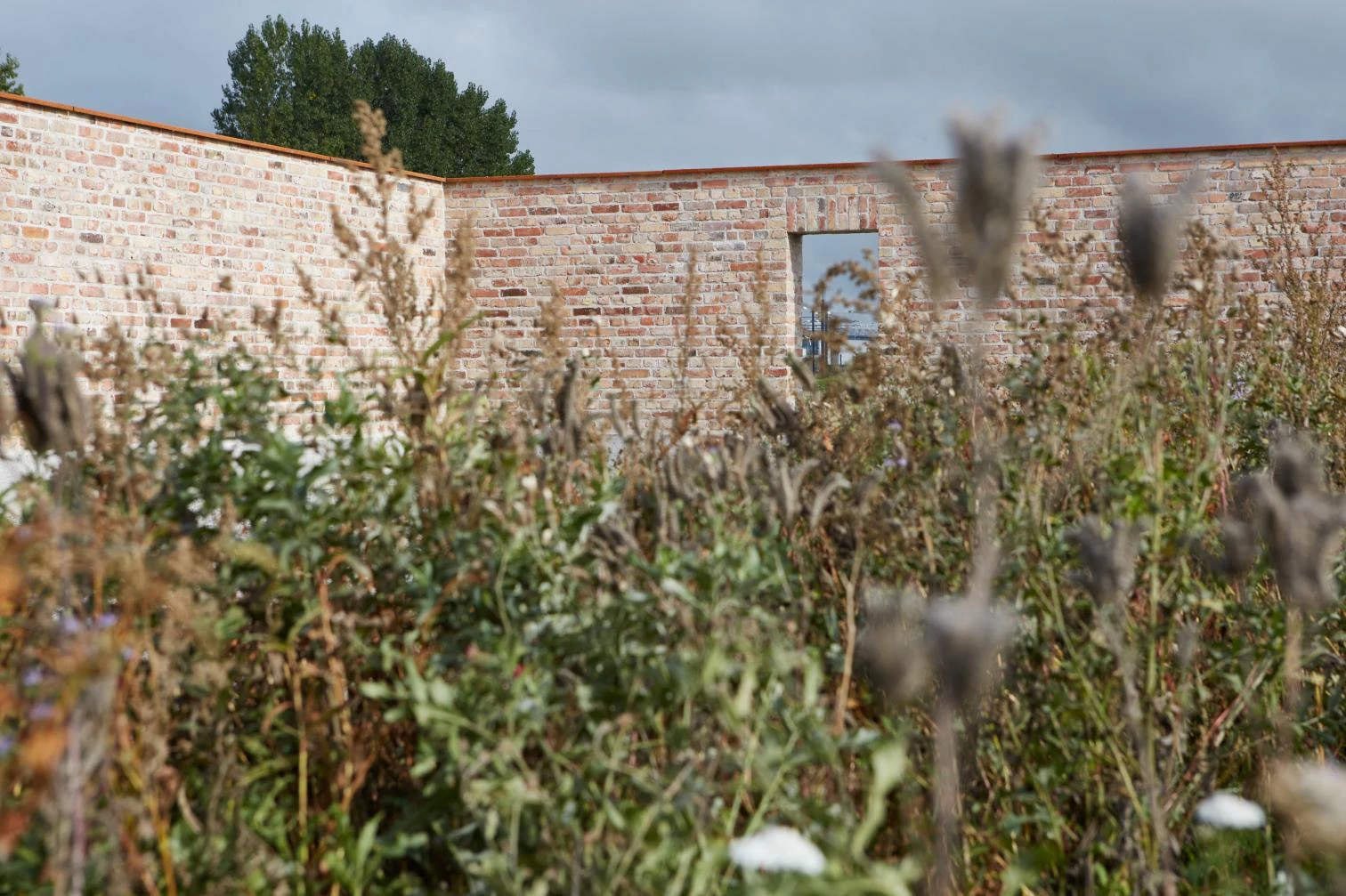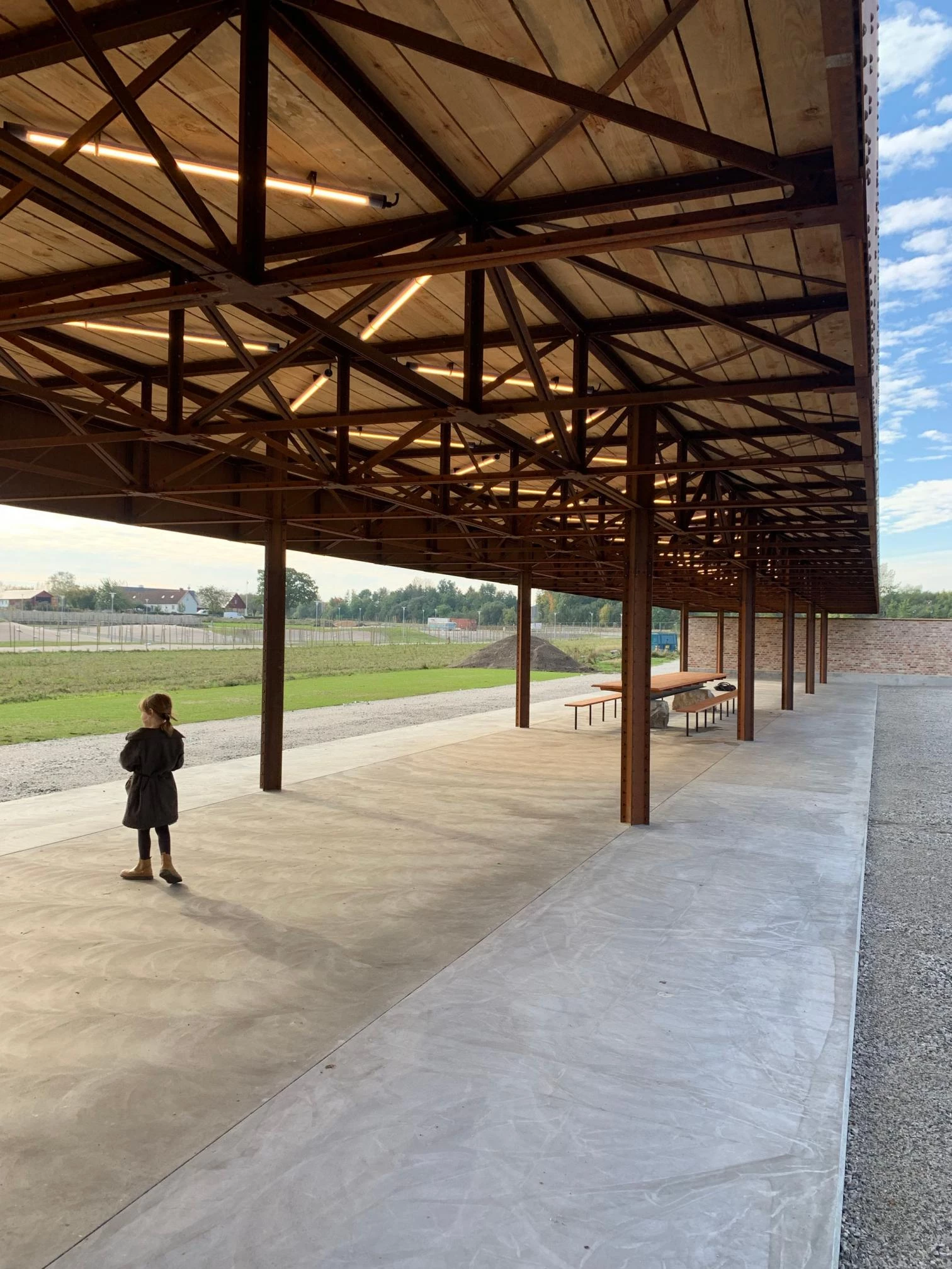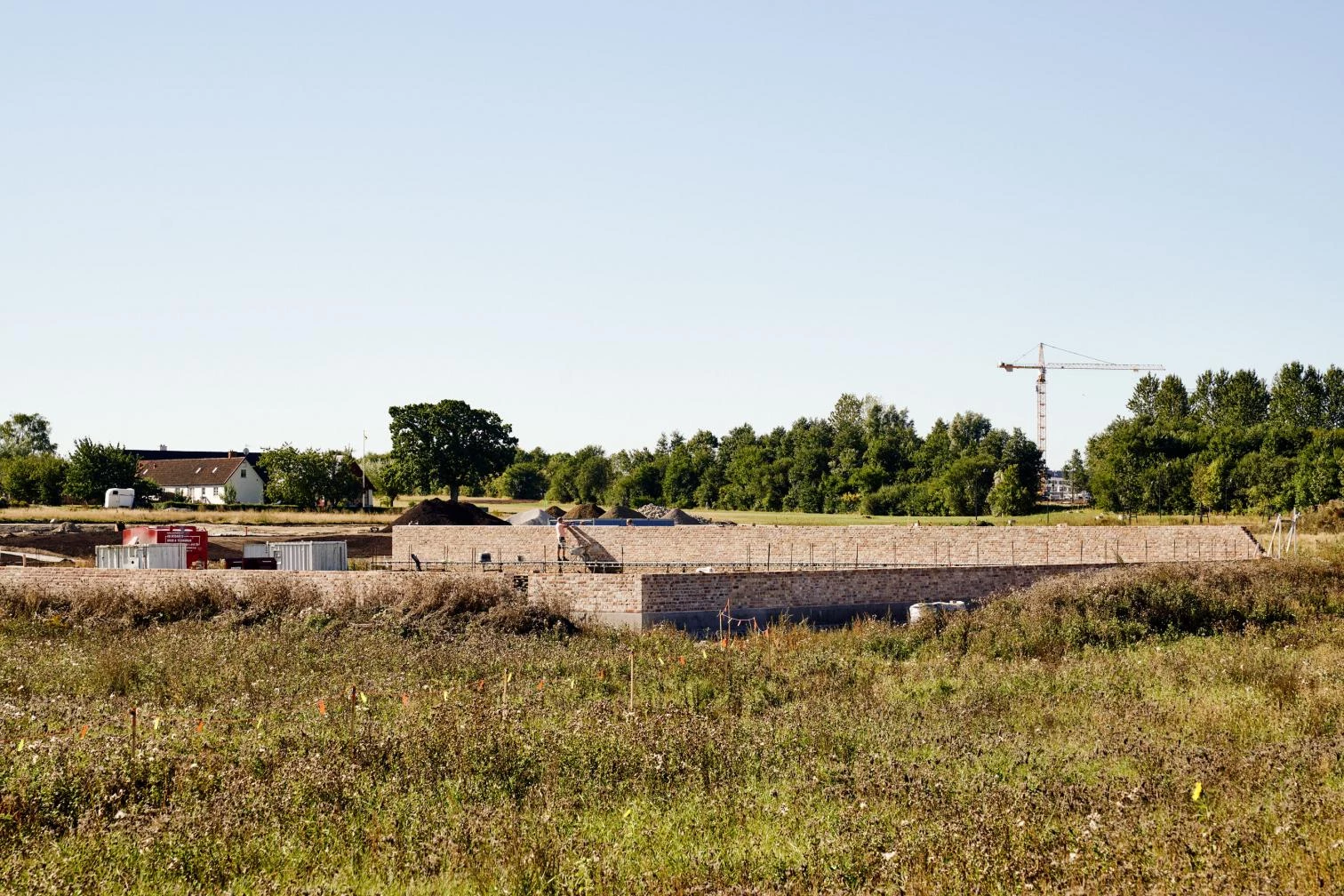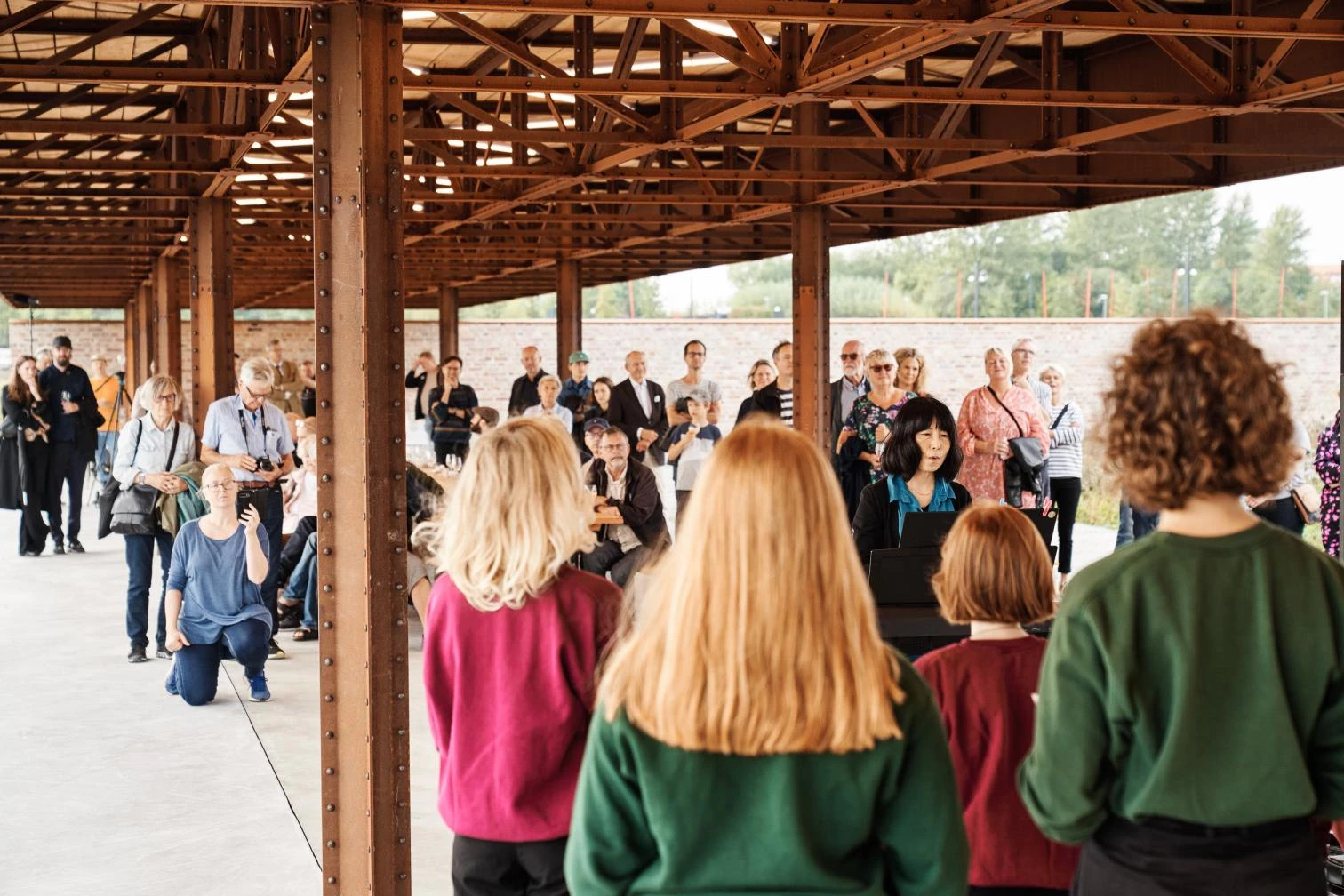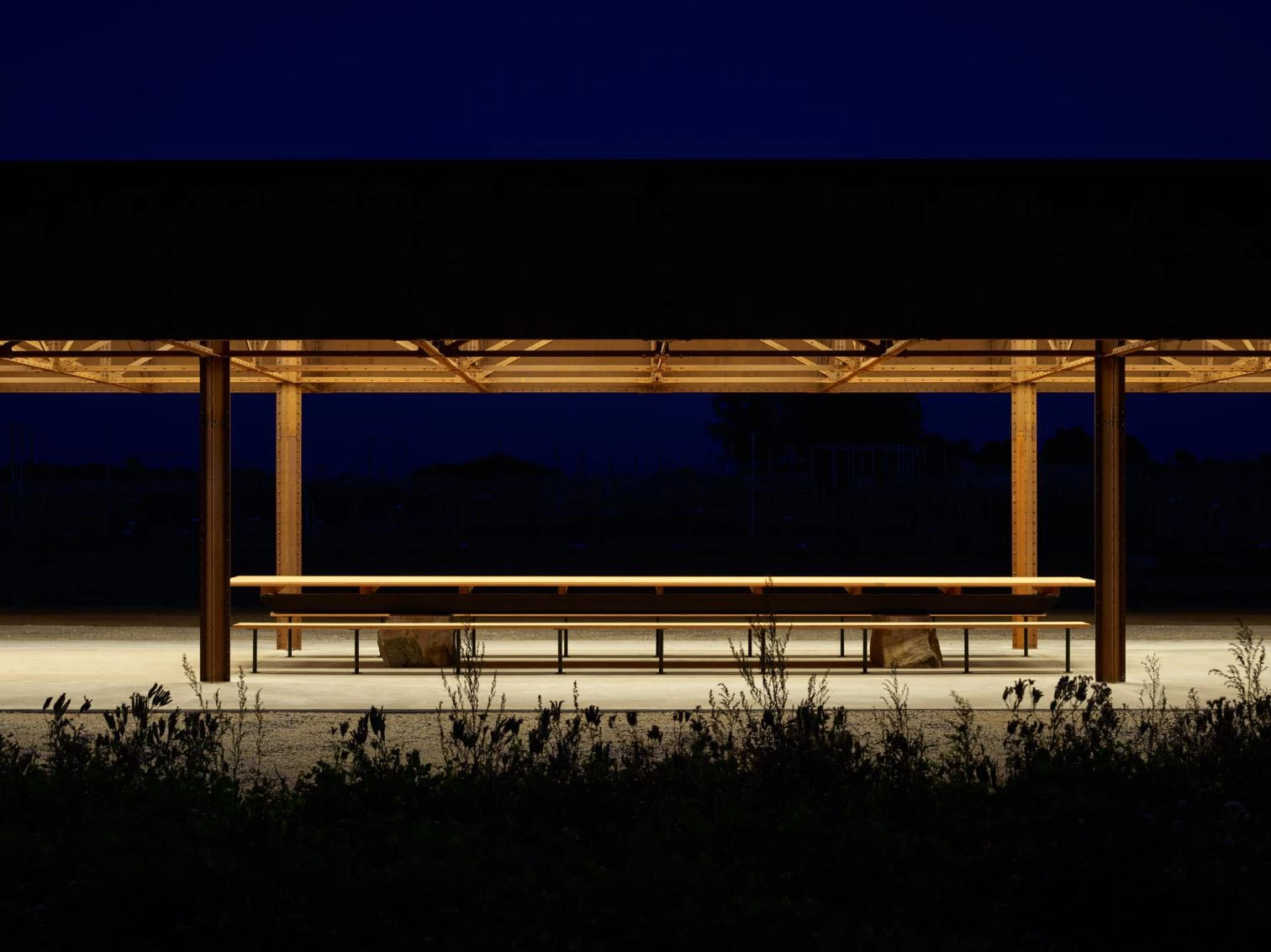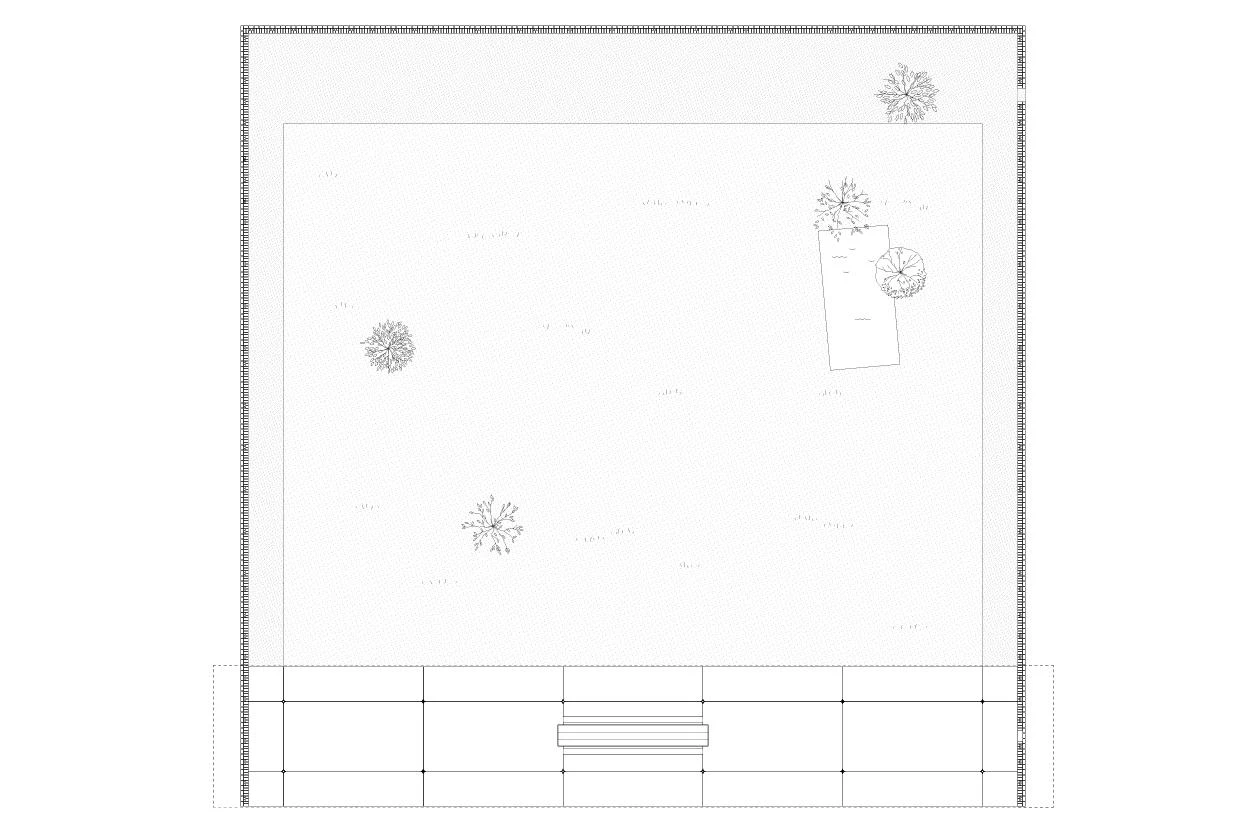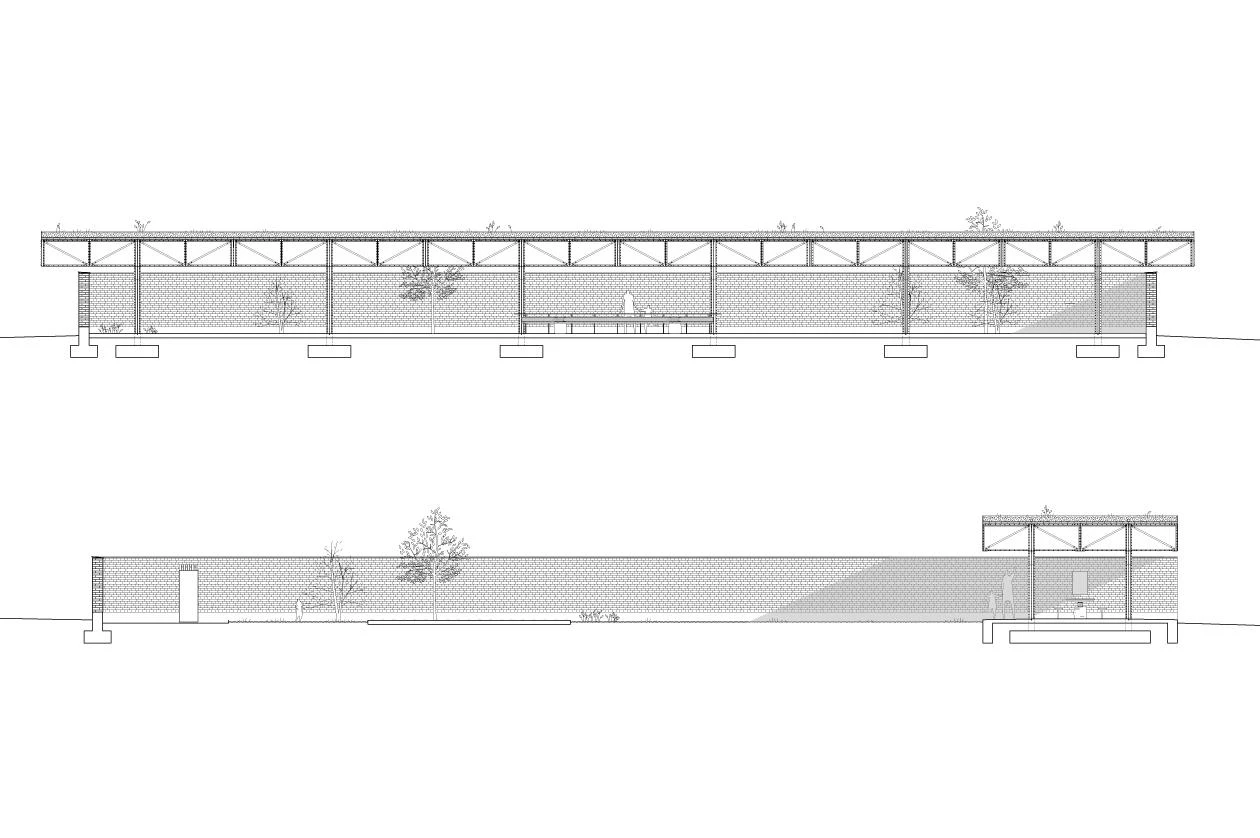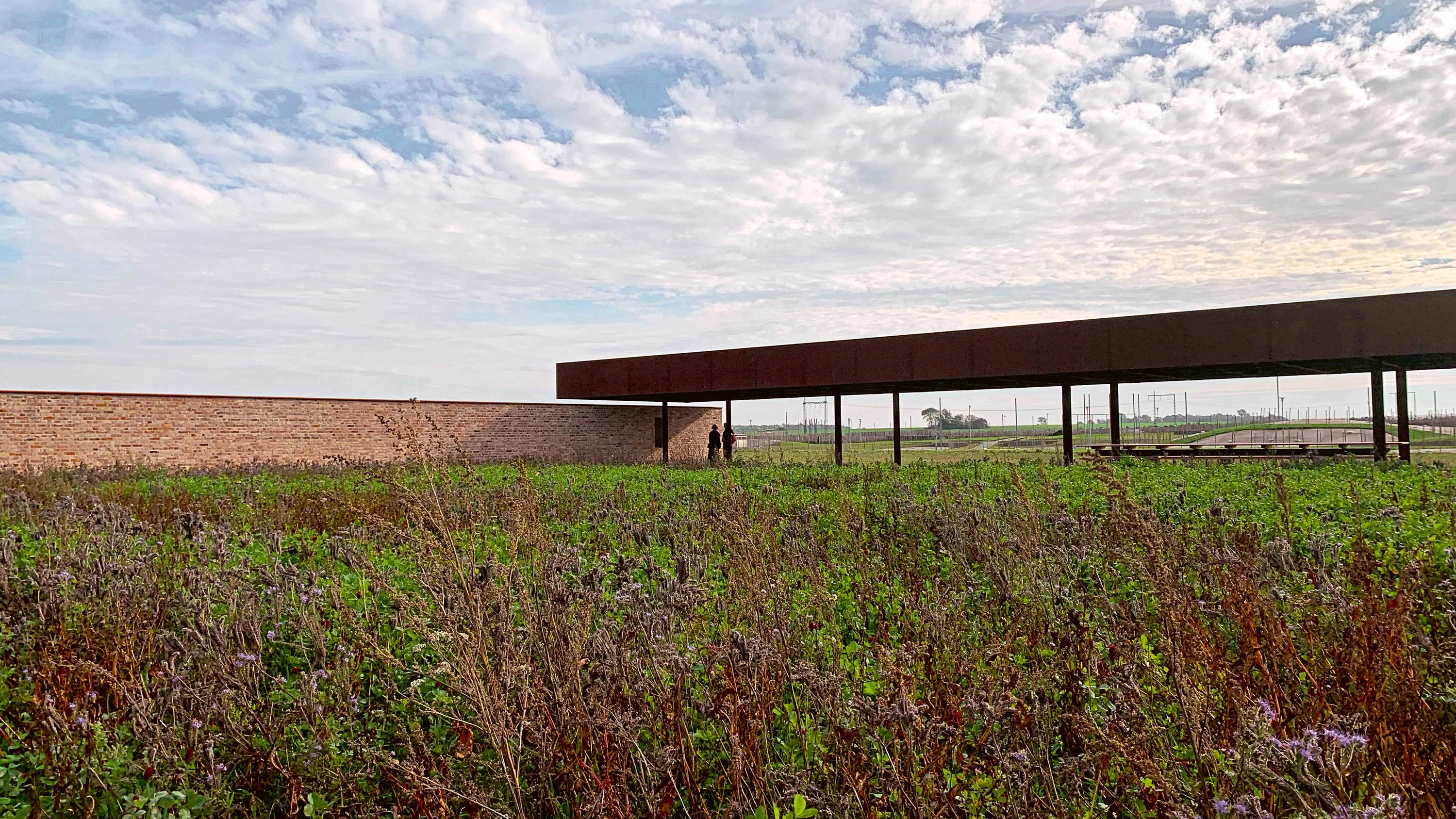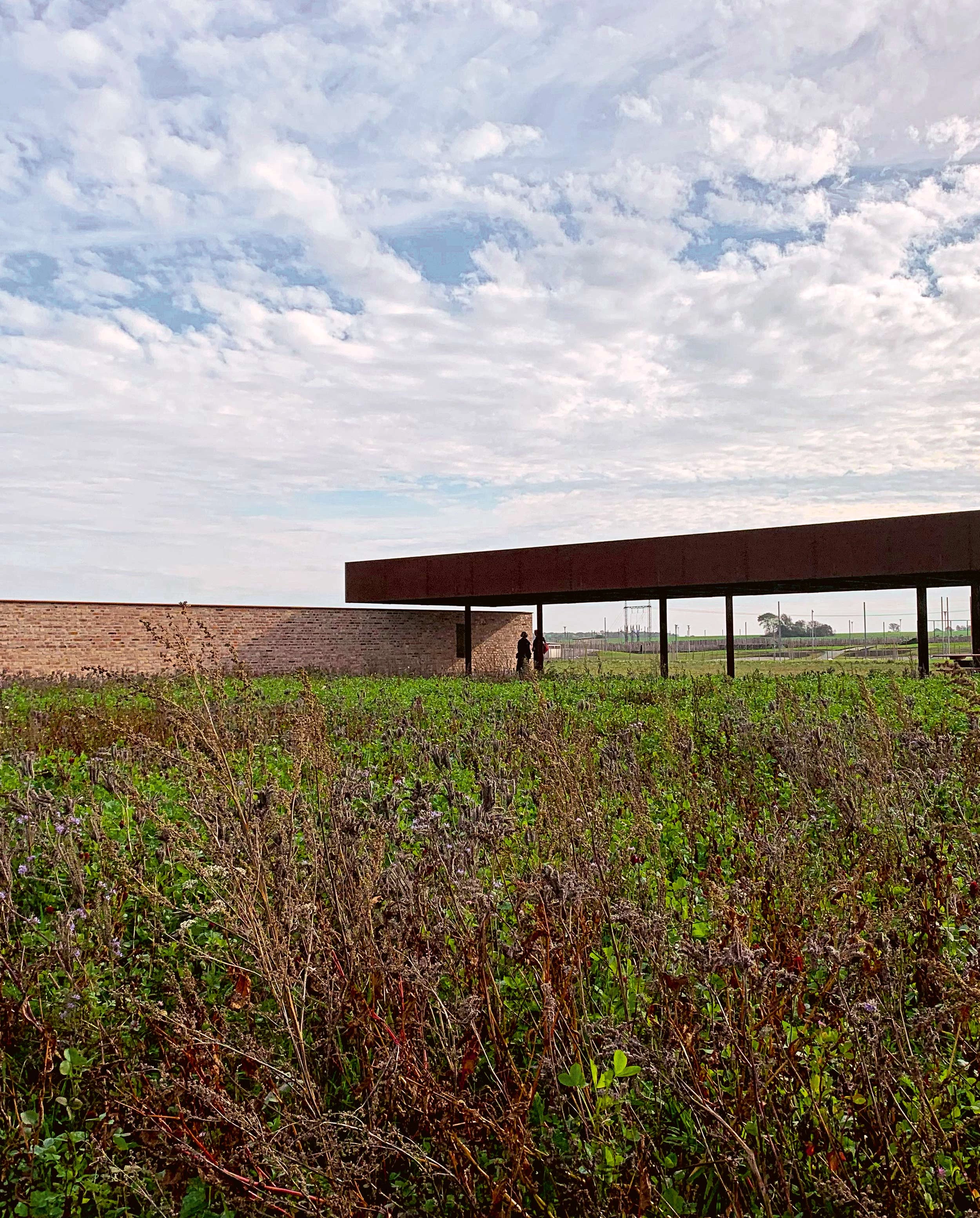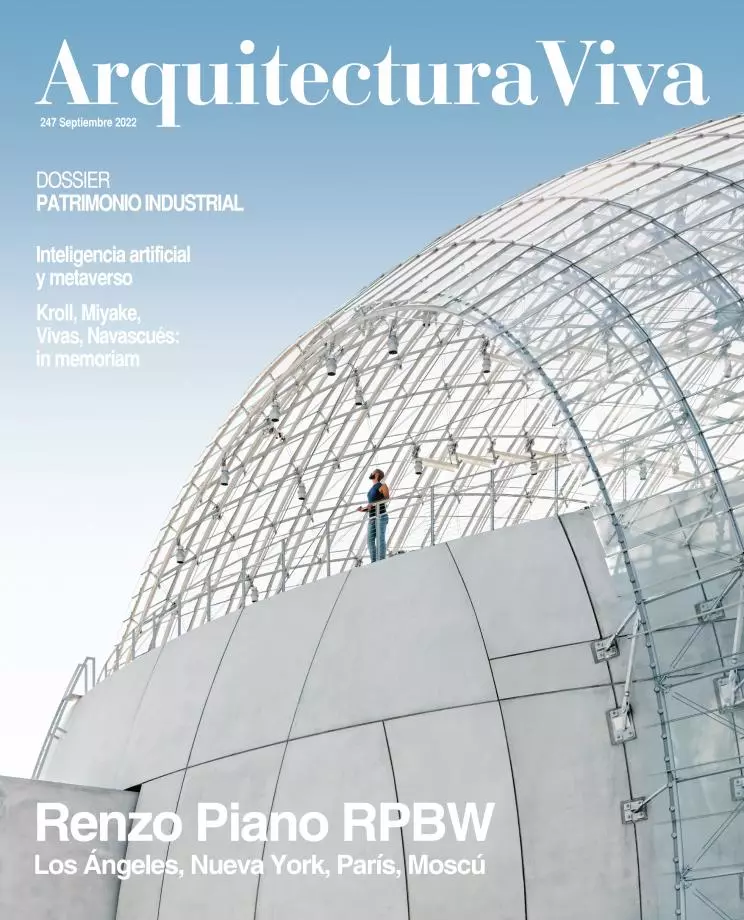Hage, Lund
Brendeland & Kristoffersen- Type Public space Landscape architecture / Urban planning
- Material Brick
- Date 2021
- City Lund
- Country Sweden
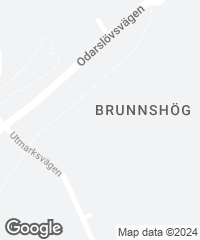
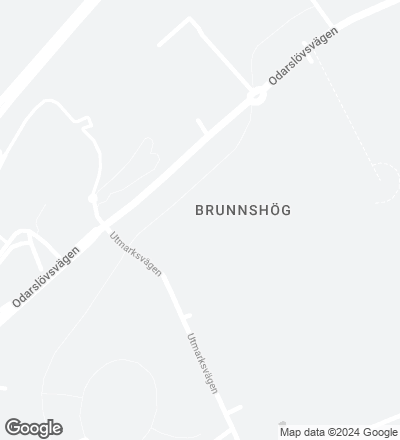
The history of many a city is tied up with that of its principal church. Lund Cathedral’s story begins with its construction in the 11th century – with the help of a troll, as the legend goes – and to it we owe what is the oldest primary school in all of Scandinavia, as well as the studium generale that would give rise to today’s prestigious Lund University. The medieval temple’s influence, however, has also reached our days in the purely earthly sphere: the Lutheran diocese is still one of the leading landowners in the region, the proprietor of fertile tracts of farmland it now wishes to urbanize, but applying its own management model instead of let-ting itself be dragged into the speculative fever.
The first project is a public space that in the short run will serve as a forum for debate and a venue for activities, but which will also be a green zone in the heart of a future neighbor-hood. A wall built with recycled bricks borders what is almost a hortus conclusus, with one side left open to fallow land. On this flank, a rest area is protected by a canopy whose steel trusses, riveted the old way, are a rereading of the manual processes that raised the cathe-dral to which this place is linked, at least by ownership.
